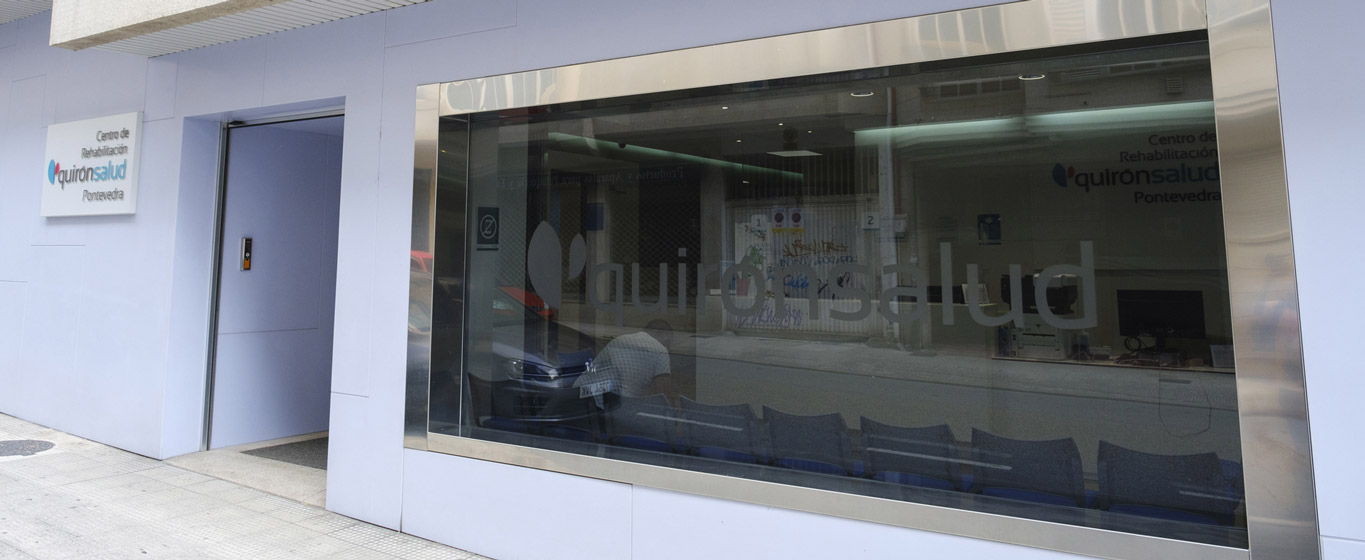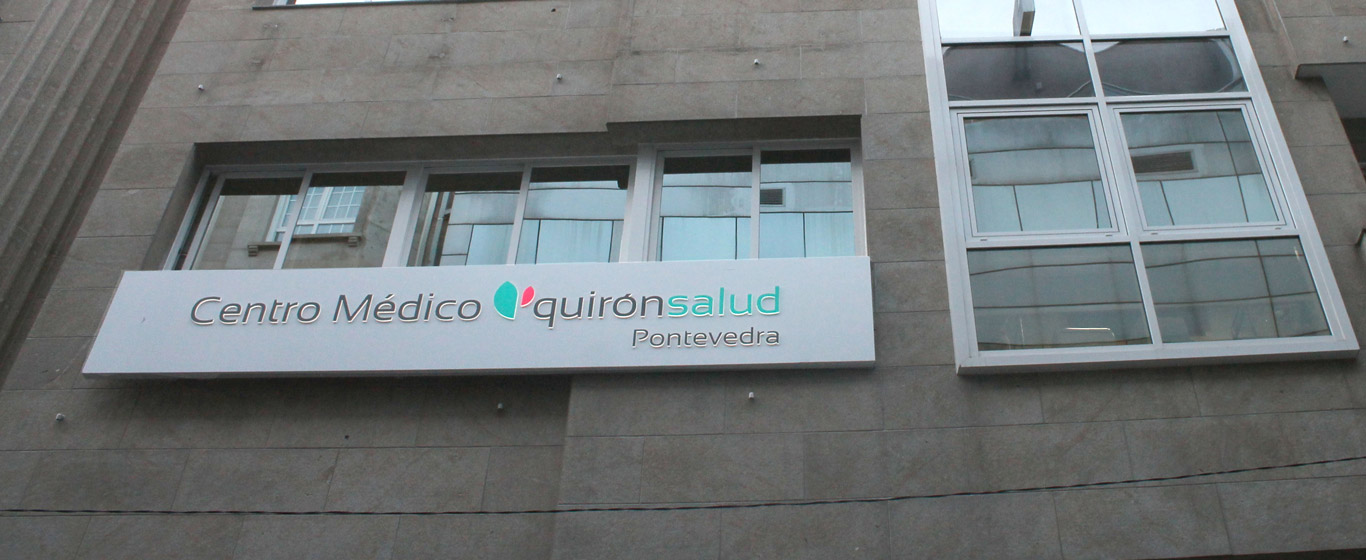Orthopantomography
An orthopantomography is a dental diagnostic technique that uses ionizing radiation (X-rays) to obtain a two-dimensional panoramic image of the structures of the oral cavity, including the teeth, gums, and jawbones.

General Description
Orthopantomography (OPG) refers to a panoramic dental X-ray. In other words, it is a diagnostic test in which, through the application of X-rays, a two-dimensional panoramic image of the entire oral cavity is obtained. This includes all the teeth, the jaw, and the temporomandibular joint.
Different tissues in the mouth absorb varying amounts of X-rays depending on their density and, therefore, appear in different shades in the image:
- Teeth and bone appear almost white.
- Materials used in previous dental treatments, such as fillings, orthodontics, or implants, appear white.
- A black shade indicates the absence of bone matter, which is usually indicative of some type of lesion.
When is it indicated?
Orthopantomography is essential for dental diagnosis, as it allows the detection and evaluation of any lesion or abnormality in the teeth, maxillae, or jaw, including:
- Dental cavities.
- Infectious processes.
- Periodontal diseases.
- Nerve involvement.
- Non-erupted teeth.
- Misaligned teeth.
- Maxillary cysts.
Additionally, a panoramic dental X-ray is used to check the remaining bone structure after a tooth extraction and assess the quality of the structure for implant treatment, as well as to evaluate the effectiveness and progression of applied treatments.
How is it performed?
Orthopantomography is performed with the patient positioned in front of the radiographic machine, known as an orthopantomograph. This device has a rotating arm that moves around the patient's head while emitting X-ray beams from one end, which pass through the oral structures. The X-rays are recorded by digital sensors located at the opposite end of the arm, producing a series of real-time images from different angles that the computer system processes and compiles into a single panoramic image.
Risks
Like any X-ray, orthopantomography involves exposure to radiation. However, it is a very low exposure, at minimal doses, and does not usually pose a real threat to the patient. In fact, the radiation dose from a panoramic dental X-ray is 0.025 mSv, similar to the natural background radiation an adult receives over three days. Nonetheless, pregnant women should avoid X-ray exposure due to the potential risk to the fetus. Although the orthopantomography does not direct radiation directly at the abdomen, it is advisable to consult a doctor to take all necessary precautions or reconsider the suitability of undergoing the procedure.
What to expect from an orthopantomography
After removing metallic objects, the patient is provided with a lead apron or vest to protect the neck, chest, and abdomen from radiation. Once wearing it, the patient is positioned in front of the orthopantomograph. The patient may stand or sit but must maintain an upright posture, with the jaw resting on the designated support and hands holding onto two handles extending from the device to remain still throughout the procedure, ensuring the best possible image quality.
Additionally, the patient must bite a small tab or mouthpiece, which serves to separate the two dental arches, record the type of bite, and indicate to the rotating arm the position at which it should stop. A disposable latex cover is placed over the mouthpiece.
The scanning process is extremely short, lasting about ten seconds, and is completely painless; the patient does not feel any sensation or discomfort. Once the study is complete, the patient can resume daily activities normally, without the need for post-procedure care.
Specialties that request orthopantomography
Panoramic dental X-rays are a routine test in dental and oral and maxillofacial surgery consultations.
How to prepare
Orthopantomography is a simple test that does not require specific preparation. However, to expedite the procedure, it is recommended to arrive without metallic objects such as glasses, jewelry, or piercings, as they could appear in the images and interfere with the diagnosis. Additionally, it is essential to inform the specialist if the patient is pregnant.













































































